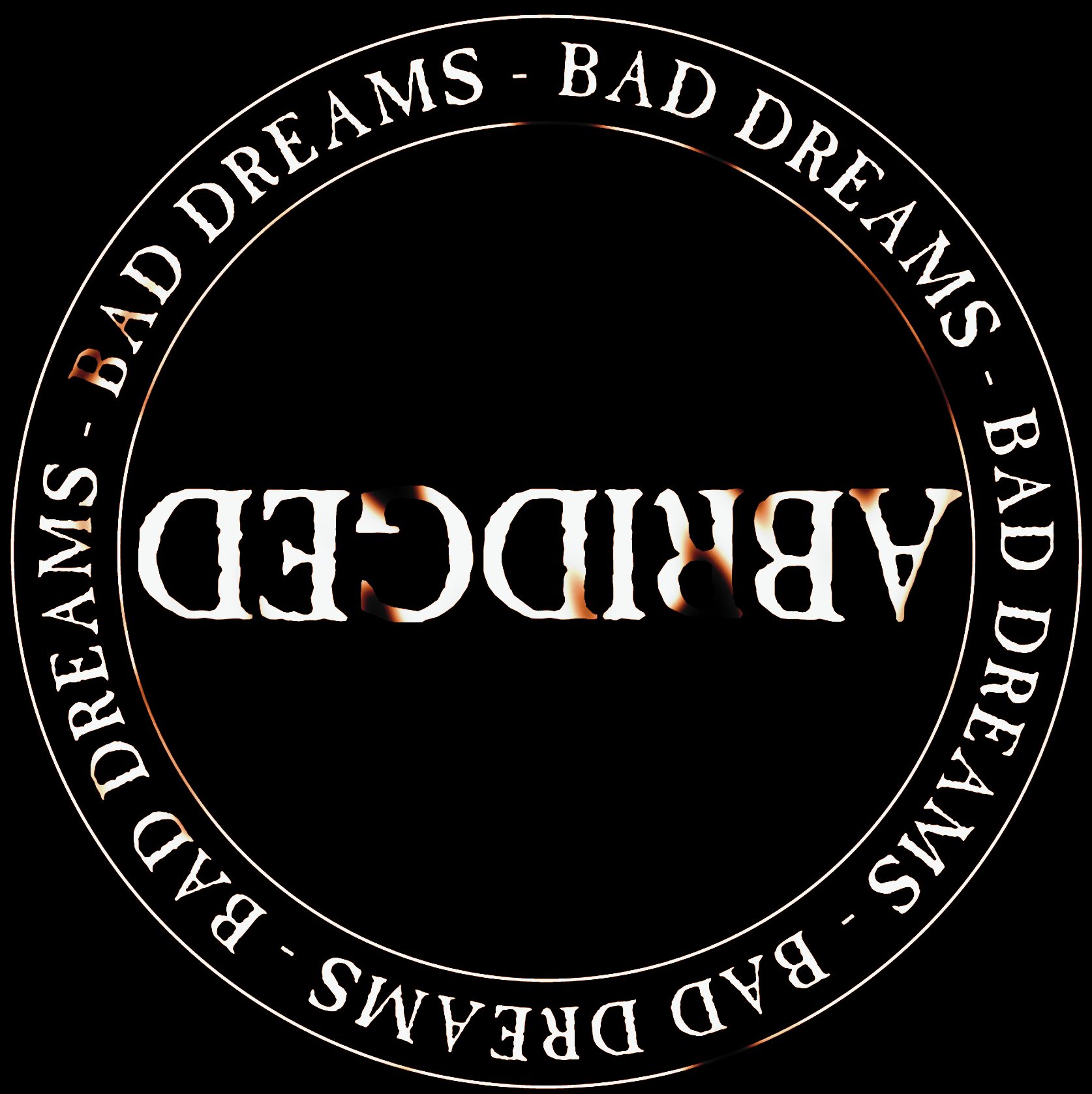A strangelet… is a hypothetical particle consisting of a bound state of roughly equal numbers of up, down, and strange quarks. An equivalent description is that a strangelet is a small fragment of strange matter, small enough to be considered a particle. The size of an object composed of strange matter could, theoretically, range from a few femtometers across (with the mass of a light nucleus) to arbitrarily large. Once the size becomes macroscopic (on the order of metres across), such an object is usually called a strange star… It has been theorized that strangelets can convert matter to strange matter on contact. Strangelets have also been suggested as a dark matter candidate.
– ‘Strangelet’, Wikipedia (19/10/24)
Strange (adj.) (from Latin extraneus, ‘external’). Unusual. Surprising in a way that is unsettling. Hard to understand. Not previously encountered or seen. Alien. Unfamiliar. Unknown. Unaccustomed to. Denoting a flavour of unstable quark.
‘Is art a luxury?’ asks Mary Midgley in Poetry and Science. Her answer – no – is grounded in the argument that images (art’s primary stuff) are essential, inescapable and active in all areas of culture, including that realm often misunderstood as opposed to the arts: the sciences. Science (unquestionably vital) is not – cannot be – an island. Rather it’s both influenced by and generative of profoundly influential images. A myth is not a lie but an imaginative vision we live by, whether we are aware of that or not.
It comes back, of course, to language: our matrix, our (clouded) window onto the inner lives of each other, our means of touching and being touched by ideas. ‘Languge is a skin: I rub my language against the other. It is as if I had words instead of fingers, or fingers on the end of my words.’ (Roland Barthes).
One aspect of Midgely’s argument might be framed like this: if images are everywhere – sublimely inescapable and often unseen – then ‘poetry’ is essential, in part, because what it offers is awareness of this very situation: our image-entangled, partial subjectivity. While science (usually and possibly necessarily) performs the third person, poetry cradles the small flame of the first. Put another way, poetry can pay (can be the means of paying) attention.
Abridged personnel are not scientists. Neither are the poets whose words and their combinations are the substance of this project. Collectively, we make no claim to ‘understand’ the ‘strangelet’ in the terms of the discipline that articulated it (theoretical physics). We have been drawn to its structure as an image, its language, its connotations, what comes to light when we shine our own partial and ‘laymen’ attention through the aspects of its structure we can reach. All we have are the descriptions available to us, mostly here, online.
Like many Abridged projects, one of the first places we turned to in an attempt to grasp the ‘strangelet’ was Wikipedia (and we would guess the case is similar for the poets). Not for accuracy of information, necessarily, but for the doorway it seems to offer into a collective understanding of something, a reverberating first port for the language (social, literary, not indeed the ‘language’ of physics) that has clung to the word and idea: ‘strangelet’. Our attempts are muddied and flawed, riddled with equivalence, approximation, gaps and projection. As such, however, they offer their own truth.
When we look up ‘strangelet’ – a word from a discipline that is indeed strange to us – we latch onto certain words in its description that we can apply our own resources toward understanding, in some way. Decay. Stability. Instability. Hypothetical. Destroy. Energy. Bound. Strange. What’s happening here? When we don’t understand words in their own context – encountering them within the grammar of an unfamiliar world – but recognise them in isolation, their small, particular selves, these words necessarily become not assurances but questions, or perhaps frames for questioning. As ever, it was here – in the laboratory of the question – that we wanted to host our experiment.
‘Problems are not private property’ of one discipline or another, says Midgely. ‘Disciplines’ losing sight of each other risks blindness. Interdisciplinary dialogue, or, as we would have it, interdisciplinary empathy, can offer some illumination. This is our humble attempt. What different sorts of attention can poetry offer to the ‘strangelet’ as an idea in the world? What happens if poetry is radically hospitable to a scientific concept? What can a word alone carry into a dark room?
Fear (where it comes from and what it does) has long been Abridged’s ultimate underlying concern. And for most of us, on first discovery, it’s hard to fight the instinct that the ‘strangelet’ is frightening. Strange matter is contagious in its stability, having (theoretically) the potential to change everything it touches into itself. This project is far from the first time the strangelet has strayed into the world of literature, and in speculative fictions, the strangelet (strangeness) has often been imagined as catastrophic, the secret ingredient of total destruction.
Are we simply inclined to think in terms of weapons, threat and defence? Is what we fear as ultimate destruction actually radical change, or indeed the ceasing of all change? Is what frightens us most nothingness or otherness? How might our feelings around these ideas shift between one discipline and another, between the terms of the human and the non-human, for example? More questions.
The strangelet is a ‘hypothetical particle’. (So, to hypothesise: to imagine, or, to permit the logic of an image to roll out, become something bigger, something like narrative or architecture or a deeper complexity of imagery.) The strangelet is born of the collision of two strange stars (so, collision, the meeting of two, the fallout, the transformation, the generation). The strangelet represents change by contact (so, vulnerability, susceptibility, touch). The strangelet may or may not exist. (But if we aren’t sure whether something is ‘real’, does that make it any less true?)
A year ago we asked five poets (each of whom we were excited about for different reasons) to accept the envoi of ‘strangelet’ into their practice and create a new body of work. They generously accepted and here we offer the exciting results.
Touch. Visibility. Disease. Reproduction. Isolation. Transformation. Multiplicity. Emptiness. Collaboration. Dialogue. Power. Violence. Repetition. Mutability. Mortality. Scale. Refraction. The power of small things. The dynamic of quotation and fragmentation. The particulars of fear. The mechanism of mastery. The ambiguities of submission. The complexity of darkness. The affects of science. The poem as change. These are just some of what’s been questioned and drawn to light in this stirring.
We’re hugely grateful to these poets – Tara Bergin, Dylan Brennan, Aoife Mannix, Jessica Traynor and Dimitra Xidous – for accepting our invitation and permitting us to share this work, and to its readers for whatever happens next…
–– Susanna Galbraith
Scientists, unusually for them, came up with a brilliant word. Amidst the quarks and squarks are the ‘strangelets’ which are pieces of ‘strange matter’. Now if ever there was a match made in heaven it’s quantum physics and poetry. In their search for elegance, both find contradiction and weirdness. Both are often misunderstood and misapplied. They are somehow isolated and entangled all at once. Both create new universes and contain strange material. The perfect environment for Abridged to exist and not exist. To go far beyond the event horizon. To explode stars.
Thanks to the Arts Council of Ireland for making Strangelets possible and thanks to all the poets who took part. It’s fair to say we ask people to consider the somewhat abstract and esoteric but with a very definite grounding in reality, whatever reality is.
Strangelets is funded by The Arts Council of Ireland
Abridged is funded by the Arts Council of Northern Ireland and the Arts Council of Ireland.










